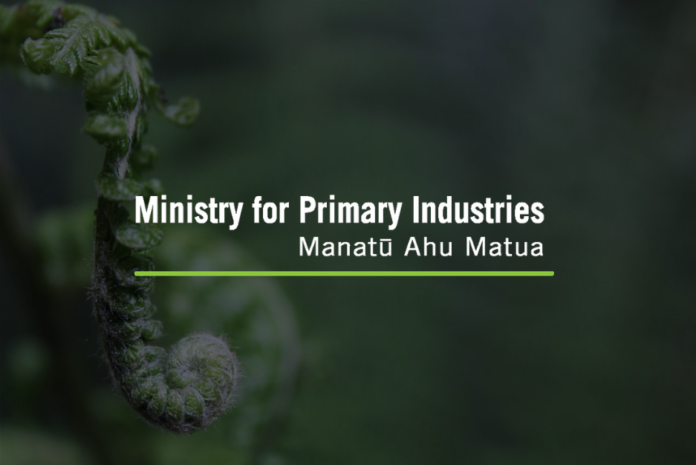Source: Ministry for Primary Industries
The Ministry for Primary Industries today issued a public health warning against collecting shellfish from Akaroa Harbour in Canterbury. Diarrhetic Shellfish Toxins in shellfish have been found at levels nearly three times over the safe limit of 0.16 mg/kg set by MPI. Anyone eating shellfish from this area is potentially at risk of illness.
Another warning remains in place for Grove Arm in the Marlborough Sounds.
Ongoing testing will continue and any changes will be communicated accordingly. There are no commercial shellfish aquaculture farms in the affected area.
Mussels, oysters, tuatua, pipi, toheroa, cockles, scallops, catseyes, kina (sea urchin) and all other bivalve shellfish should not be eaten.
Note, cooking shellfish does not remove the toxin.
Pāua, crab and crayfish may still be eaten if the gut has been completely removed prior to cooking, as toxins accumulate in the gut. If the gut is not removed its contents could contaminate the meat during the cooking process.
Symptoms typically appear within half an hour of ingestion and last for about 24 hours. Symptoms may include:
- diarrhoea
- vomiting
- nausea
- abdominal cramps
If anyone becomes ill after eating shellfish from an area where a public health warning has been issued, freephone Healthline for advice on 0800 61 11 16, or seek medical attention immediately. You are also advised to contact your nearest public health unit and keep any leftover shellfish in case it can be tested.
Commercially harvested shellfish – sold in shops and supermarkets, or exported – is subject to strict water and flesh monitoring programmes by MPI to ensure they are safe to eat. There is no commercial harvesting of shellfish in the affected area.
Find out more
See signage in the affected area.
Subscribe to shellfish biotoxins to receive email alerts
Collecting shellfish and keeping them safe [PDF, 1.4 MB]
Causes and symptoms of toxic shellfish poisoning
Food safety for seafood gatherers booklet [PDF, 688 KB]



